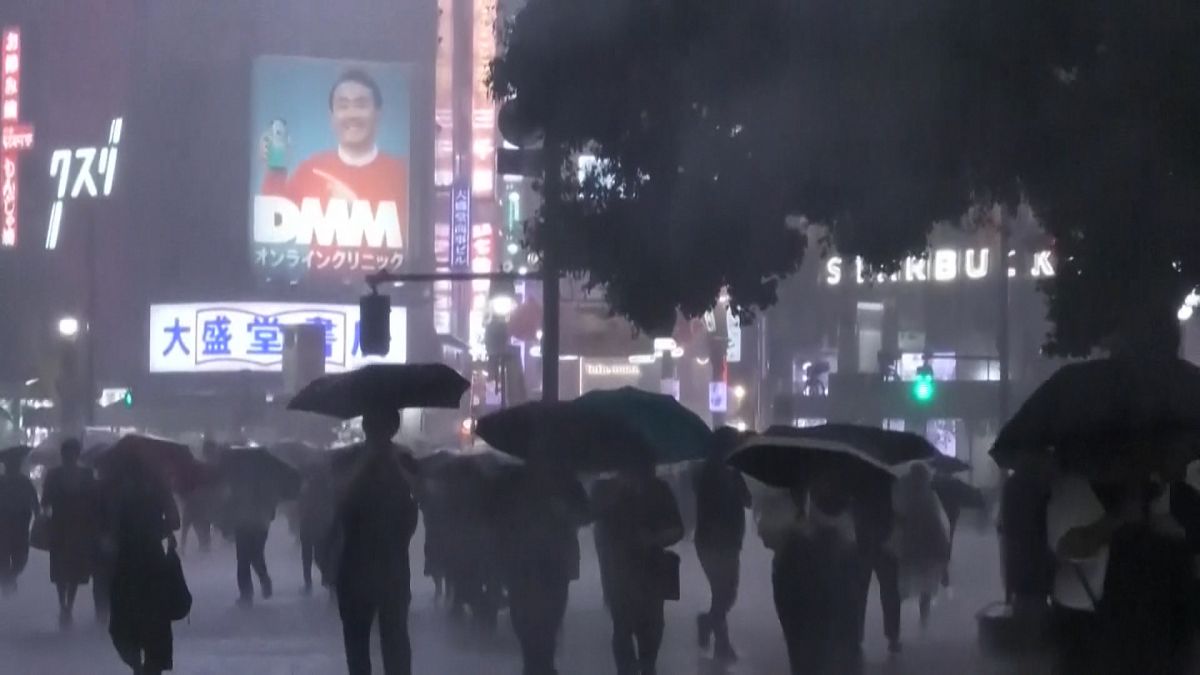Severe weather conditions hit Tokyo, Japan, causing chaos on the streets and subways. The city experienced heavy rainfall of around 100 millimeters in just one hour, leading to flooding in various areas. Manhole covers were blown off in Nishi-Shinjuku, highlighting the intensity of the downpour. This extreme weather event was attributed to unstable atmospheric conditions that overwhelmed the city’s drainage systems.
The impact of the heavy rain was felt across Tokyo, with disruptions to transportation services. The Tokaido Shinkansen high-speed train service and operations at Haneda Airport were temporarily suspended as a precautionary measure. Despite the challenges posed by the weather, no injuries were reported as a result of the flooding. Authorities worked swiftly to address the situation, and services have since resumed as the city recovers from the adverse weather conditions.
The flooding in Tokyo serves as a reminder of the importance of preparedness and resilience in the face of extreme weather events. Climate change is exacerbating the frequency and intensity of such events, underscoring the need for proactive measures to mitigate their impact. As cities around the world grapple with the challenges of climate change, Tokyo’s experience highlights the urgency of implementing sustainable infrastructure and disaster risk reduction strategies to build climate resilience.
The resilience demonstrated by Tokyo in the face of the recent flooding is a testament to the city’s preparedness and response capabilities. While the heavy rainfall caused disruptions, the swift action taken by authorities helped minimize the impact on residents and infrastructure. This incident serves as a valuable learning opportunity for the city to further enhance its resilience to extreme weather events and strengthen its capacity to respond effectively to future challenges.
The Tokyo flooding incident also sheds light on the importance of investing in infrastructure that can withstand the impacts of climate change. As extreme weather events become more frequent and severe, it is essential for cities to prioritize the development of resilient infrastructure that can adapt to changing climate conditions. By incorporating climate resilience into urban planning and infrastructure development, cities can better protect their residents and assets from the risks posed by extreme weather events.
In conclusion, the recent flooding in Tokyo serves as a stark reminder of the growing threat of extreme weather events exacerbated by climate change. The city’s response to the heavy rainfall highlights the importance of proactive measures to build resilience and adapt to the changing climate. By prioritizing sustainable infrastructure and disaster risk reduction strategies, Tokyo and other cities can become better equipped to face the challenges posed by climate change and ensure the safety and well-being of their residents.











